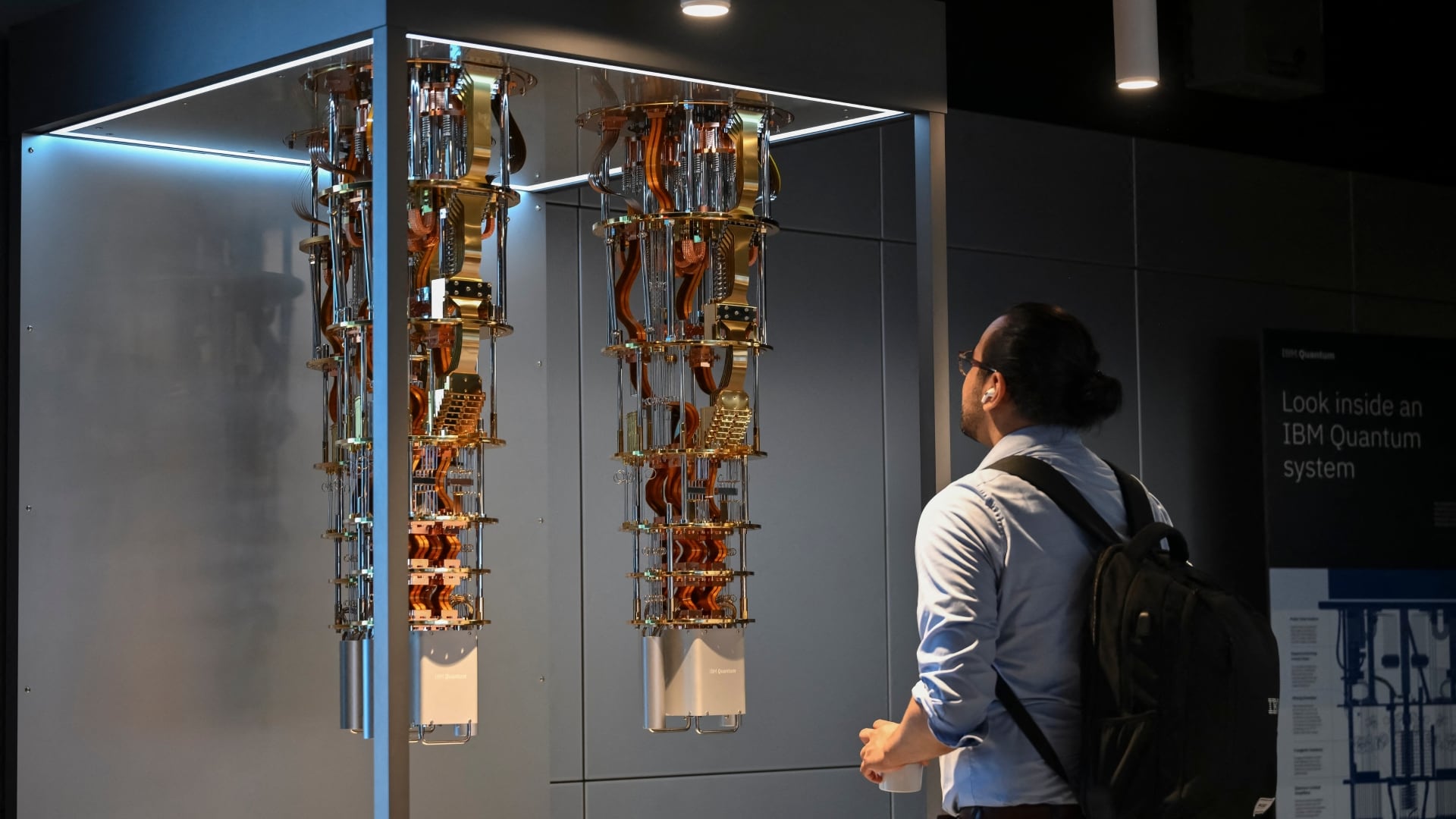Target reported on Tuesday a 43% drop in profits and a slight uptick in sales for the holiday quarter, reflecting the discounter's ongoing challenges of cautious consumer spending and its own higher costs.
The Minneapolis discounter issued a cautious outlook for the year as inflation squeezes household budgets. But the fiscal fourth-quarter results beat retail industry analysts’ expectations. Shares rose more than 1% in pre-market trading, reversing earlier declines.
Target's tempered outlook follows Walmart's and Home Depot's tepid annual forecasts last week. Inflation on everything from food to gas that has gripped Americans for nearly two years is weighing on shoppers even though there has been some easing in recent months.
Rising costs also will pressure the Federal Reserve to increase interest rates further and to keep them there through year’s end. That means higher borrowing costs for shoppers.
Walmart said it expects sales at stores opened at least a year for its U.S. business to rise 2% or 2.5% for the year, while Home Depot forecasts growth for that metric to be roughly flat this year compared with a year ago.
For the full year, Target expects comparable sales — those from stores open at least a year and online channels — will range from a low single-digit decline to a low single-digit increase.
“We're planning our business cautiously in the near term to ensure we remain agile and responsive to the current operating environment," Target CEO Brian Cornell said in a statement.
Target's total comparable sales inched up 0.7% in the fourth quarter compared with a year ago. The increase was fueled by increased customer traffic, but shoppers are shifting their spending to necessities like food and paper towels over discretionary items like fashion.
Cornell noted that the company entered the year in a “very healthy inventory position,” reflecting its conservative approach in discretionary items.
Inventory in categories like fashion was roughly 13% lower in the fourth quarter than a year ago.
Target has taken a bigger hit to its business compared to other big box retailers likely because it relies more on discretionary items like clothing and home furnishings. More than 50% of Walmart’s U.S. business comes from groceries; that number is 20% at Target.
The quarter marks Target's fourth straight quarterly profit drop. For the fiscal third quarter, Target reported a 52% profit drop, while earnings plummeted nearly 90% in the second quarter and 52% in the first.
In early June, Target warned that it was canceling orders from suppliers and aggressively cutting prices because of a pronounced spending shift by Americans.
Last November, Target said it was slashing expenses with a goal of saving $2 billion to $3 billion over the next three years. Those cost cuts would not include widespread layoffs or hiring freezes, executives said. At that time, it said shoppers were waiting to buy on sale, purchasing smaller packages and trading down to store brands instead of national labels, which tend to be more expensive.
But even as Target projects lower sales, the retailer is pushing ahead to accelerate its ecommerce strategy. It announced last week that it will spend $100 million to develop a larger network of package sorting centers that cut the cost of delivering online orders while increasing the speed of delivery.
Target said fourth-quarter profits were $876 million, or $1.89 per share, for the quarter that ended Jan. 23. That compares with $1.54 billion, or $3.21 per share, in the year-ago period.
Sales rose 1.3%, to $31.4 billion. Analysts were expecting earnings of $1.40 a share on sales of $30.7 billion, according to FactSet.
Fourth-quarter gross margin rate was 22.7% compared with 25.7% in 2021, reflecting pressure from higher markdowns, net merchandise costs, and so-called shrink, which reflects inventory losses related to such factors as theft, fraud or damage.
The company expects adjusted earnings per share to be in the range of $7.75 to $8.75 for the year. Analysts were expecting $9.18, according to FactSet.
Target said that over the next three years, it expects its operating income margin rate will reach, and begin to move beyond, its pre-pandemic rate of 6% as early as fiscal 2024, depending on the economic recovery and consumer demand.












